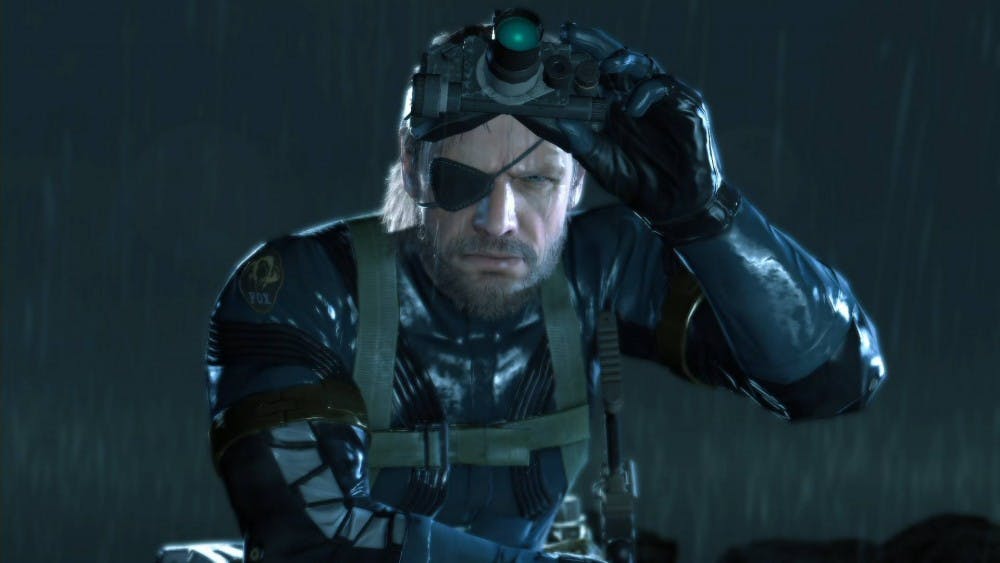Ostensibly the final video game in the “Metal Gear Solid” series, at least under director Hideo Kojima, “Metal Gear Solid V: The Phantom Pain” is the latest chapter in the collection of prequels that depict the rise and fall of the series’ eventual antagonist, Big Boss. Following the events of its prologue, “Ground Zeroes,” “The Phantom Pain” opens with the now protagonist Big Boss waking up in 1984 from a nine year coma with a prosthetic hook where his left hand used to be — a nice complement to his signature eyepatch.
After a tense and cinematic opening sequence in which you escape a hospital as every other patient is systematically executed, you are dispatched to Soviet-occupied Afghanistan and later Africa to seek revenge and rebuild the mercenary nation that will ultimately be toppled by series protagonist and Big Boss clone, Solid Snake in the original “Metal Gear.”
The story is fairly standard for the series, including a new iteration of the titular superweapon, Metal Gear — a bipedal tank armed with nukes — that you will eventually need to destroy, but it also falls flat at times. The villain Skull Face, essentially Mason Verger from “Hannibal” mixed with the Hamburgler, quickly becomes a cartoonish, monologuing Bond villain and there are some plot decisions that are sure to irritate longtime fans. Where the story shines, however, is in the series regular, Revolver Ocelot — who for once is on your side — as well as the mute and inexplicably bikini-clad sniper, Quiet.
While most games in the series revolve around solo sneaking missions in closely guarded enemy bases, “The Phantom Pain” adopts a large open world with series of episodic missions like in “Far Cry” or “Red Dead Redemption.” This allows an unprecedented level of freedom but comes at the expense of the series’ iconic boss fights. Not only are there fewer climactic encounters, but many of them come down to running away. A notable exception is an epic sniper duel in the biggest arena the series has ever featured.
Returning from “Metal Gear Solid: Peace Walker” is the balloon-like Fulton extraction system, which allows you to compulsively steal anything or anyone that isn’t nailed down and bring it back to your oil rig/fortress, Mother Base. Enemies can be forcibly conscripted into your army, tanks can be requisitioned for your later use, and even bears can be added to your private zoo. Though the Mother Base franchise mode goes back to “Peacewalker,” it is no longer just a menu screen, but a growing structure where you can interact with your soldiers, develop new weapons, find a number of cool Easter eggs, and wash the dried blood off your sneaking suit.
For a series in which getting spotted has historically meant a quick death, the game is surprisingly empowering. Stealth is still an emphasis, but now running in guns blazing is an equally valid option. You can even go “Apocalypse Now” and call a helicopter to the middle of a war zone while blaring “Ride of the Valkyries” — or any eighties hit of your choice. The new buddy system allows you to bring along a partner or vehicle on any mission. This can trivialize some missions but all these features are optional and add an enjoyable wrinkle to the series’ ever-improving gameplay. Even your missing limb is quickly replaced by a robotic prosthesis that is definitely worth the loss of a non-dominant hand. While “Metal Gear Solid V: The Phantom Pain” makes many changes to the core gameplay, every new mechanic fits naturally and contributes to a vast and tremendously entertaining experience.







